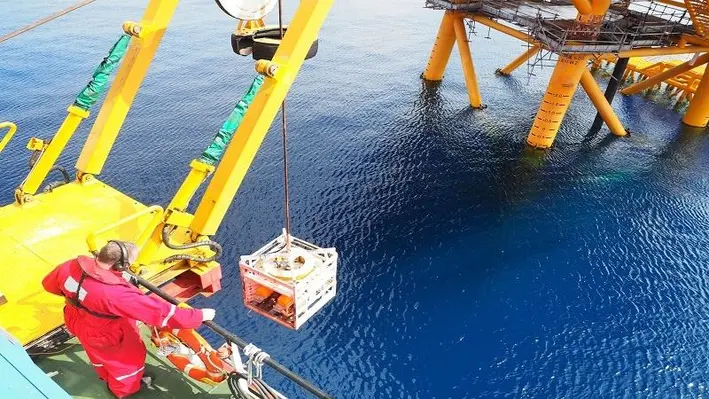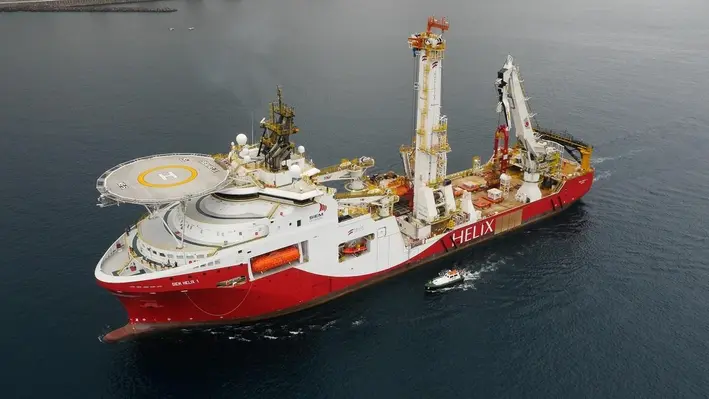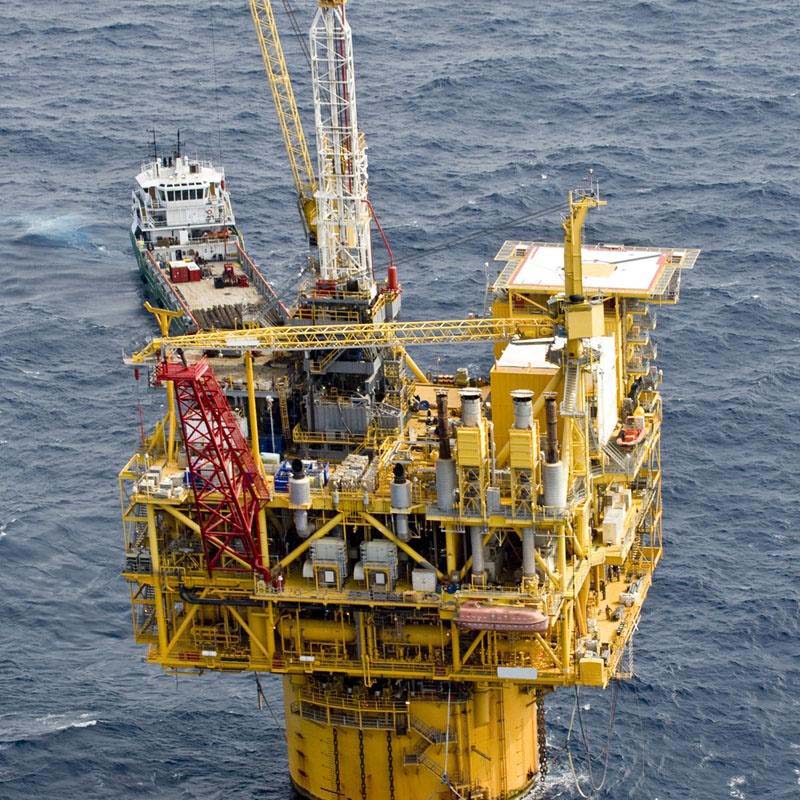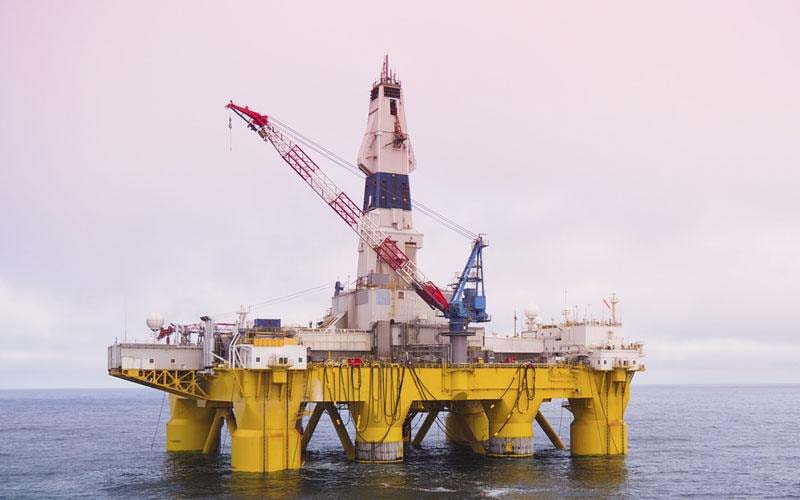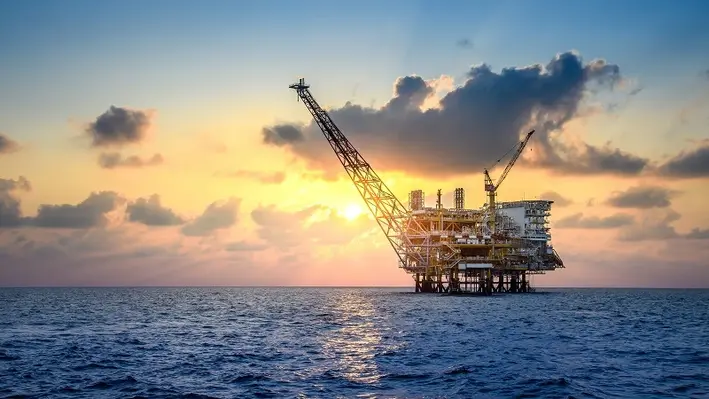- Region:
Latin America
- Topics:
Integrity
- Date:
July, 2021
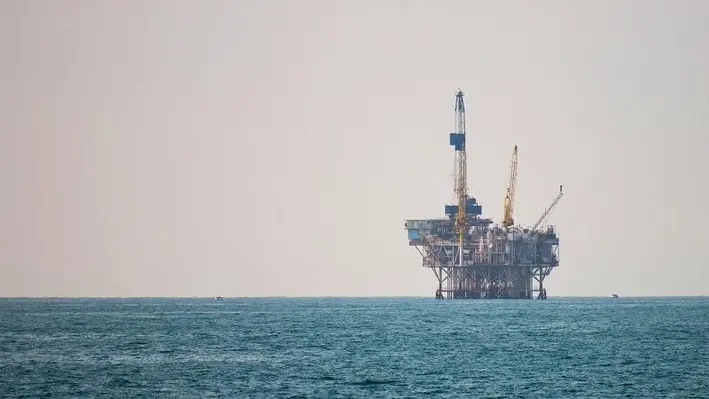
Frank's International (Frank’s), a global oil services company that provides a broad and comprehensive range of highly engineered tubular running services, tubular fabrication, and specialty well construction and intervention solutions, has received the inaugural 2021 Most Valuable Partner (MVP) Award from a major operator in recognition of its work in Guyana.
This award recognises Frank's work in helping their customer meet important operational goals both safely and efficiently. Frank's Tubular Running Services, Cementing and Well Integrity teams developed a customised solution involving multiple casing technologies, which eliminated the need to alternate tools and accommodated different casing types.
The solution enabled faster run times and removed the need for personnel to enter the hazardous red zone. Frank's first-rate operational planning and execution led to a record-setting casing string run, with a total of five hours saved and zero rejected connections with a fully nationalised night crew.
Specifically, the MVP award recognises the following categories and achievements:
-Safety, Security, Health and Environment (SSHE) Excellence: recognised as strong leaders and contributors in pre-tour and rig-floor meetings
-Reliability: excellent Non-Productive Time (NPT) performance demonstrating 99.8% up time
-Adaptability and Proactivity: onshore personnel engaged early and effectively collaborated
-Truly Working as a Partner: offshore personnel consistently demonstrated commitment to supporting activities on the rig outside of their base work scope.
"Congratulations to our Tubular Running Services, Cementing, and Well Integrity teams, including local crew members in Guyana," said York McCauley, Frank’s Senior Operations Manager, Caribbean. "These talented and dedicated team members consistently demonstrate operational excellence both onshore and offshore. This award is a testament to their hard work and dedication to delivering superior value, safety, and efficiency to our partners. We appreciate their outstanding contributions to Frank's operations."
Michael Kearney, Chairman, President and Chief Executive Officer, added, "Innovating to help our customers and going above and beyond is what distinguishes our talented team at Frank's. Thank you to our employees for living our core values of Safety, Integrity, Innovation, Diversity and Excellence every day."



